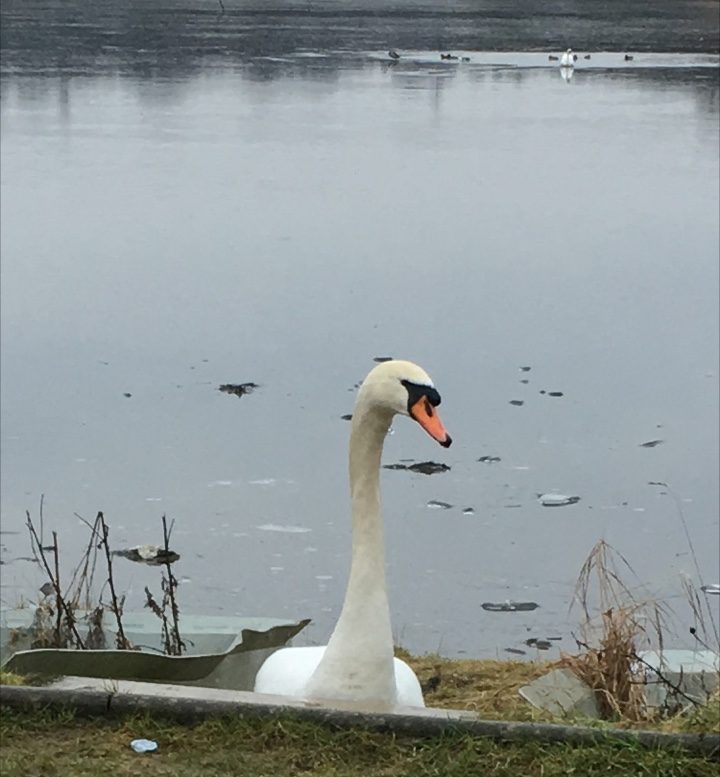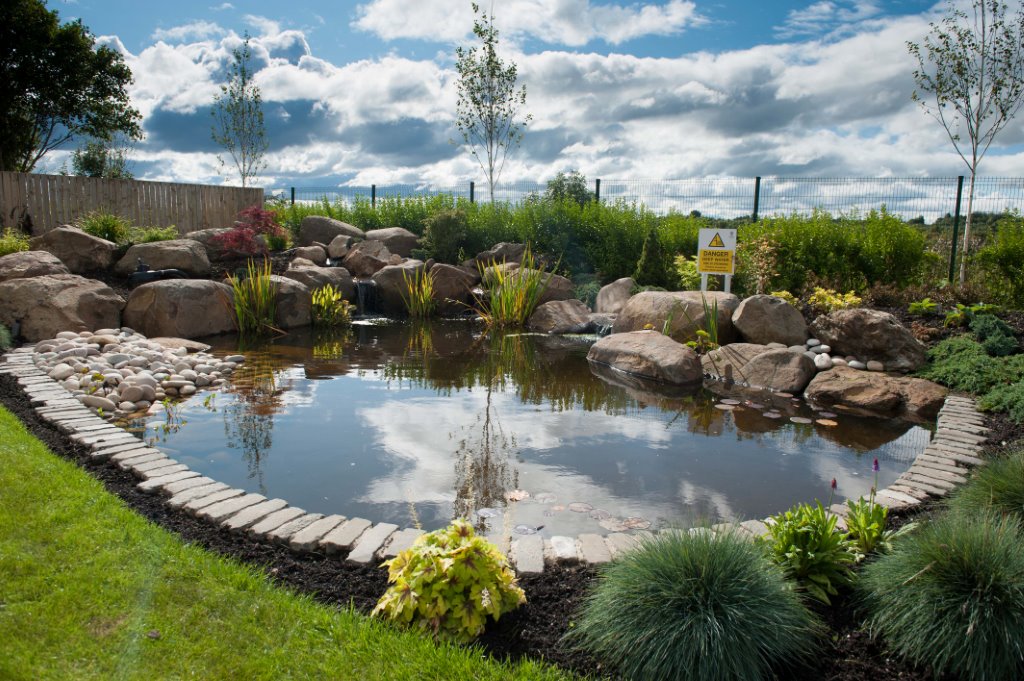Wildlife at our Holiday Park

Wildlife
Red Deer Village Holiday Park, and the town of Stepps, hosts a range of different species of wildlife and habitats, as now spotted on camera!
Red Deer Village Holiday Park, Stepps, Glasgow, is a fairly biodiverse park in terms of wildlife. The park has seen a variety of birds, squirrels, insects, frogs, foxes and deer. Furthermore, it has a woodland nature reserve host to a range of other species at the back of the park. Swallows have been seen nesting in the workshop shed nest boxes. Below is a range of wildlife spotted around the park!
Jays
Jays have been spotted in one of the residents’ gardens on the park. These animals tend to habitat oak woodlands and hoard and bury acorns. And, if gone unfound, they can grow into trees, making jays vital in preserving oak species. Videos taken by a resident of the park are shown below. Just click on the links.
Goshawks
A goshawk was spotted in the same residents’ garden. This is a specially protected species under the Wildlife and Countryside Act 1981. It is an offence to visit a nest in use without a license from Scottish Natural Heritage. It is a rare breed in Scotland due to human mistreatment for many years, with only just over 150 breeding pairs.

Deer
Many deer have been noticed eating plants and roaming around in the town of Stepps and on the park. (Hence, the name “Red Deer Village Holiday Park”.) One of our receptionists caught a deer on camera outside our holiday park reception.

Frankfield Loch
Frankfield Loch is home to a variety of aquatic animals, including swans, ducks, frogs, newts, toads and plants such as reeds and grasses. It’s a mere 5-minute walk from the park. A swan spotted at the Loch is shown below.

Bees
The gardening team at Red Deer Village nowadays make particular effort to plant honey bee friendly plants. The park is now recognized as a Honey Bee Friendly Park in association with the David Bellamy scheme. As well as having special recognition for its hedgerows and wildflowers in accordance with the David Bellamy 5 in 5 scheme. A variety of plant types, species, colours, textures and heights feature around the park. In addition to hanging baskets and honeysuckle planted against fences. The park entrance is now thick with decorative shrubs, trees and herbaceous plants. Therefore allowing opportunity for a variety of insects and other wildlife to use the park.
More areas have been designated for and sewn with British native wildflower mix in relation to this conservation scheme. For the reason that it provides habitat and a food source to pollinating insects. Unused areas of the park have been planted with bee and butterfly friendly shrubs grown from cuttings on site. The gardening team have also planted buddleia and cotoneaster, especially for bees and other pollinating insects. The gardening team has also planted many later flowering varieties, such as crocus, feeling that the park lacked these. Grass heights are considerately managed. It is left long in unused areas of the park which creates microhabitats. Grass in the holiday park area is left long enough for low-growing flowers to bloom, giving nectar for bees.
Red Deer Village recognizes that insects such as honey bees, and biodiversity as a whole, are fading. So, they do their best to plant nectar-rich and pollinating flowers, as well as plants that attract all wildlife.

Foxes
The park has created a fox den in the waste stone yard. A fox was spotted in this unused area and was caught on camera.

Pond Creatures
Species such as toads, frogs, newts, dragonflies, small birds, and goldfish have all been noticed at the ponds on the park.

Hedges
Hedges are an important component that sustain biodiversity in many ecosystems. They supply fruits and food for many creatures, provide protection and can be used as safe passages for many species. Hedges also provide biotic benefits such as complicated structures at their base. Microhabitats and private shelters for many species can be created from formed from roots, stones and logs. Especially to those who find it difficult to hibernate in winter.
One stretch of hedge at Red Deer Village is Leyland Cypress which is around 170 metres. Other lengths particularly valuable for wildlife include Field Maple and Hawthorn (500m). A new privet hedge, roughly 165 metres long, has also been planted and will be allowed to grow 5 inches thick and tall. Once established, it will flower and attract insects and nesting birds. There are also laurel hedges in-between some park homes.
Hedge stock and shrubs around the park are cut in rotation every year. Therefore hedges can get thicker and denser, allowing them to flower and grow berries. Adequate shelter and a source of food for birds, insects and small mammals is therefore provided. Small birds have been seen to nest in the hawthorn. It has small thorns to provide shelter and deter prey. Some of these hedges have been linked up – leaving one metre buffer strips around the base to allow small animals to access other areas of the park safely. An area of hedge is shown below.

Water Conservation
Water conservation is a national issue. Businesses have to follow ecological and economical guidelines. They must use a range of resources to create efficient water conservation projects that offer environmental benefits. There are two ponds on the park filled with rain water, which is circulated using pumps. These ponds are chemical free and are used by birds for bathing. There is a variety of planting surrounding each pond such as irises and waterlilies. Therefore, creating smaller microhabitats where small birds, newts, bees and different types of fish have all been spotted. One of the ponds have also now developed tadpoles.

Trees
The park has planted many British native trees. Such as Malus floribunda, beech, oak, birch, blackthorn, lime and pine, as well as many more. The coniferous pine trees planted outside the holiday park reception have seen many birds such as finches visiting the bird boxes. Many insects such as caterpillars have also been spotted. The conifers on the park have also made home to nesting collared doves and wood pigeons.